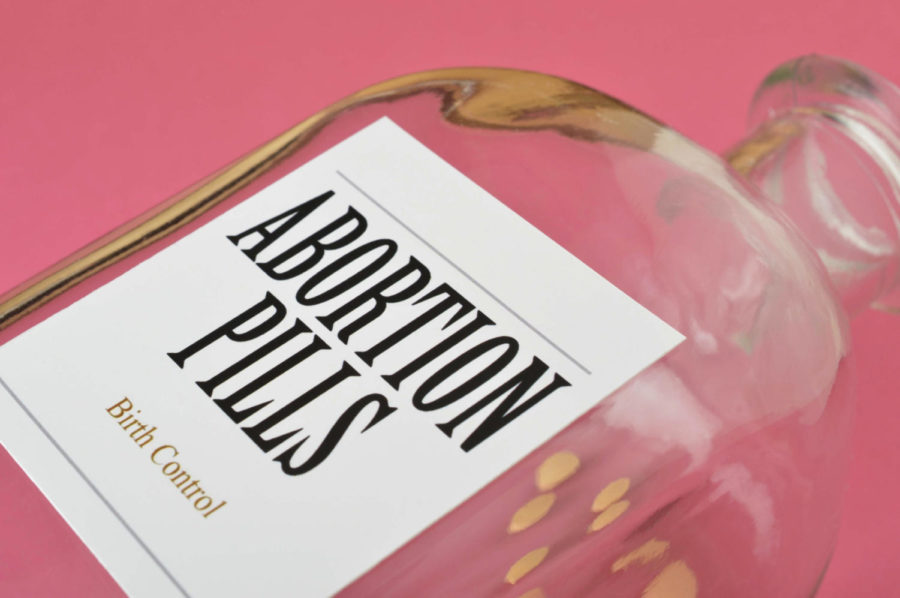Editorial: New FDA abortion pill guidelines a plus for women’s reproductive rights
abortion pill.jpg
April 1, 2016
The U.S. Food and Drug Administration this week relaxed the guidelines for taking an abortion-inducing pill, a change that allows women to take the pill further into the pregnancy with fewer visits to the doctor.
Women taking the pill will now reduce the dosage from 600 to 200 milligrams and decrease the number of doctor visits from three to two, while also extending the time during which she can take the pill up from seven weeks to 10 weeks.
The fact this movement came from the FDA is positive, in that the decision comes from a medically-supported background rather than a politician with an ulterior motive. Though the FDA’s step is important to providing women with more options, the more influential method is the preventative one. Birth control and sex education should be more readily available. In instances where the woman was raped, abortion shouldn’t be a questionable option.
The drug, mifepristone, can achieve a complete abortion between 70 and 94 percent, according to the Guttmacher Institute, but women who access the drug outside of a clinical setting may be “unaware of the proper dosage and routes of administration and, in turn, experience more adverse events.”
Almost half of all pregnancies in the United States are unintended and 4 in 10 of those end up aborted, according to the Guttmacher Institute, a research and policy organization that advocates for reproductive and sexual health rights.
Almost 20 percent of U.S. women who get an abortion are teenagers, according to the Guttmacher Institute, with women in their 20s accounting for more than half of all abortions. Of the approximately 750,000 teen pregnancies that occur each year, more than 80 percent are unintended, with more than 25 percent ending in abortion, according to the institute.
These are the ages where preventative methods such as sex education and availability of contraception must be, but are not, most prevalent. One third of teens ages 15 to 19 reported they received no formal education on contraceptives in high school and about 40 percent of 18-19-year-olds say they know little or nothing about condoms and more than 75 percent say they know little or nothing about the contraceptive pill.
Almost 30 percent of women obtaining abortions have incomes between 100 and 199 percent of the federal poverty level, an attribution to the fact affordability is a lackluster factor in sexual and reproductive health in the United States.
Up to 40 percent of women using clinical abortion services in some areas did so after they unsuccessfully attempted to abort the fetus themselves, according to the 2011 edition of the American Journal of Obstetrics and Gynecology.
In 2012, the average amount for a non-hospital abortion at 10 weeks was about $480. Before 10 weeks was $504, according to the Guttmacher Institute.
Those like Donald Trump, who can’t seem to agree either with himself or with his own campaign, and at 3 p.m. Wednesday say to Chris Matthews, “The answer is there has to be some sort of punishment.” (“For the woman?”) “Yes,” and then whose campaign turns around two hours later and says, “The doctor or any other person performing this illegal act upon a woman would be held legally responsible, not the woman. The woman is a victim.”
No matter where your belief stands, providing women a safe, scientific way to be able to make decisions about their own bodies and futures is basic civil right.







